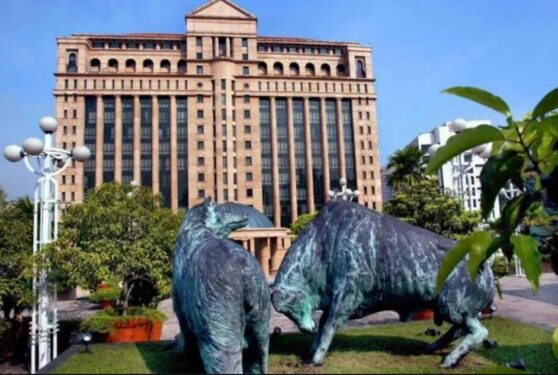THE short-term outlook for the ringgit has weakened significantly due to the third wave of COVID-19 infections and amid the fiscal and monetary loosening that has and will continue to be undertaken to support the Malaysian economy in light of the outbreak.
According to Fitch Solutions Country Risk & Industry Research, this weakening has been mainly the result of two forces, namely (i) the third wave of COVID-19 infections that have seen daily caseloads remain well above 5,000; and (ii) the still-bid US dollar as the US dollar index bounced off its key support level near 89 in 1Q 2021.
“We continue to expect the third wave to remain a serious challenge to both the country’s economic and political outlooks over the short-term,” projected the research house.
“Additionally, the ringgit will also have to continue to grapple with periodic surges in greenback strength above a key technical level of support level and upside risks in light of the US Fed’s hawkish surprise on June 17.”
Accordingly, Fitch Solutions maintained its 2021 average exchange rate forecast at RM4.15/US$.

Over the long term, however, the research house expects the ringgit to benefit from a weaker greenback and trade slightly stronger than the mid-point of its long-term trading range between RM3.80/US$ and RM4.50/US$. As such, it maintained its existing 2022 average ringgit forecast at RM4.10/US$.
Despite some signs of a hawkish turn at the US Fed, medium-term prospects for the US$ remain bearish in Fitch Solution’s view due to loose fiscal and still accommodative monetary policy – and renewed risk appetite – as the global economic recovery becomes more synchronised.
“By contrast, we expect monetary policy at the very least to be tightened in Malaysia sooner than in the US and expect a 25bps (basis points) hike in 2022,” projected the research house.
“The likelihood for monetary tightening suggests scope for ringgit strength to be somewhat sustained even if the US dollar (a risk haven asset) strengthens on bouts of risk aversion, especially given what appears to be extended risk asset prices brought about by loose fiscal and monetary policy globally.”
Political risks
Moreover, oil prices are likely to continue to remain on a recovering footing vis-à-vis the low prices seen in 2020 as a result of falling demand caused by the global pandemic.
“The ringgit has generally been correlated with movements in Brent crude prices. Higher oil prices provide support for a stronger ringgit in the longer-term after short-term disruptions caused by the third COVID-19 wave dissipate,” projected Fitch Solutions.
However, the research house pointed out that risks to this strengthening view remain, especially due to still-elevated political risk where instability continues to weigh on investor sentiment regarding the country.
“Indeed, the third wave of COVID-19 infections is in our view, partially the result of unstable coalition politics that have hobbled the Government’s ability to swiftly respond to the crisis in 4Q 2020,” suggested Fitch Solutions.
“Moreover, Prime Minister Tan Sri Mahiaddin Yassin has promised to hold general elections after the state of emergency ends and the outbreak is brought under control, suggesting that an election towards end-2021 or early 2022 is highly likely and would likely give Malaysia its third Government in as many years since 2018.” – June 28, 2021










